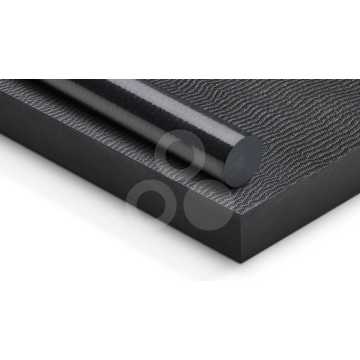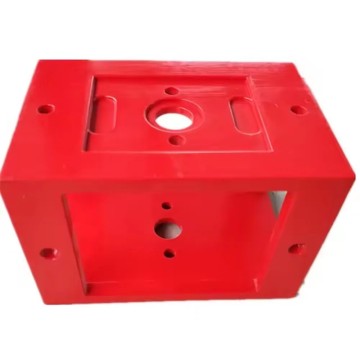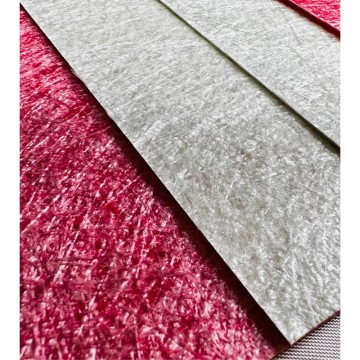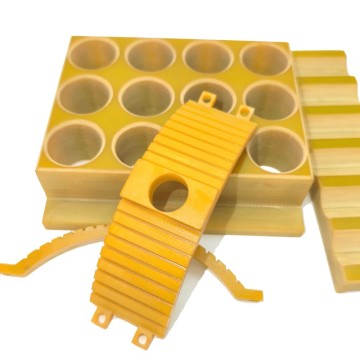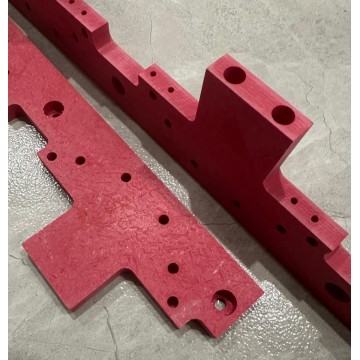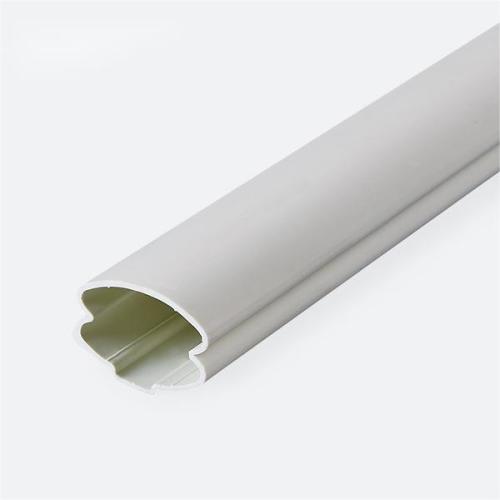
Polypropylene extrusions PP profile
-
$2.90100-499 Kilometer
-
$2.80500-999 Kilometer
-
$2.70≥1000 Kilometer
- Transportation:
- Ocean, Land, Air, Express
- Port:
- Shenzhen, Guangzhou, Hongkong
Your message must be between 20 to 2000 characters
Contact Now| Payment Type: | T/T,Paypal |
|---|---|
| Incoterm: | FOB,CFR,CIF,EXW,DDU |
| Transportation: | Ocean,Land,Air,Express |
| Port: | Shenzhen,Guangzhou,Hongkong |
The raw material used in PP profiles is polypropylene (POLYPROPYLENE), a polymer of propylene, abbreviated as PP. PP profiles have excellent overall performance, easy processing and molding, and low production costs, so they are widely used. Its disadvantage is the low temperature toughness is poor, high brittle folding temperature (about 8 ℃), and easy aging. In recent years, through co-polymerization and blending methods to produce modified products, its low-temperature resistance, impact resistance and aging resistance has improved, therefore, the use of increasingly expanded
Main chemical and physical properties of polypropylene heavy average molecular weight of about 3 ~ 7105; light, density of about 0.91 g / cm3; melting temperature of about 174 ℃; high strength, hardness, wear and chemical resistance; good heat resistance, can be used at 120 ℃; its performance is not affected by the environmental humidity. Its products have excellent bending fatigue resistance, and can withstand hundreds of thousands of bending without damage. The processing performance is good and the shrinkage rate is low when processing and molding.
PP profile is made by polymerizing propylene monomer as the main component. There are four industrial production methods: solvent method, liquid phase ontology method, gas phase ontology method and solution method. However, the solvent method is commonly used, followed by the ontology method.
According to the composition of monomers participating in polymerization, PP profiles can be divided into homopolymer grade and copolymer grade. The homopolymer grade is made by polymerizing a single propylene monomer, and thus has a higher crystallinity, higher mechanical strength and heat resistance. Copolymer grade polypropylene is made by co-polymerizing a small amount of ethylene monomer mixed into the polymerization. There are two types of copolymerization: block copolymers and random copolymers. Copolymer grade polypropylene has high impact strength, while random copolymer polypropylene has high impact strength and good transparency.
Compared with other general-purpose thermoplastics, polypropylene has the advantages of low specific gravity, good rigidity, high strength, flexural resistance, heat resistance above 100°C and good chemical resistance. The shortcomings of polypropylene are poor low-temperature impact resistance, easy aging, and large molding shrinkage.
Depending on the product requirements and applications, polypropylene can be modified by blending, filling, reinforcing, adding additives, and copolymerizing, blending, and cross-linking. For example, calcium carbonate, talc, and minerals can be added to improve hardness, heat resistance, and dimensional stability; glass fibers, asbestos fibers, mica, and glass beads can be added to increase tensile strength, improve low-temperature impact resistance, and creep resistance; rubber, elastomers, and other flexible polymers can be added to improve impact performance and transparency; and special additives can be added to give polypropylene such as weather resistance, antistatic properties, flame retardancy, electrical conductivity, and cross-linking. The addition of various special additives can give polypropylene such as weather resistance, anti-static, flame retardancy, electrical conductivity, plating, nucleation, copper resistance, etc.
PP plastic profiles can be injection molded, extruded, blow molded, thermoformed, rotomolded, coated, foamed and other processing methods to produce products for different applications. Since various processing methods have different requirements on the melt properties of PP, thus forming injection molding grade, extrusion grade, blow molding grade, coating grade, fiber grade, film grade, rotomolding grade and other grades to adapt to different processing requirements.
PP plastic profiles have a wide range of applications. Through injection molding, polypropylene can be made into various industrial parts, electrical appliances, construction materials and daily necessities; extrusion method to produce pipes, sheets, shapes, flat wire, fiber, rope; blow molding method to produce a variety of small containers, bottles; blown and flat film method to produce IPP film, CPP film, after stretching to obtain high. Strength, high transparency OPP film; production of large chemical storage tanks, containers, etc. by rotational molding method






Related Keywords







